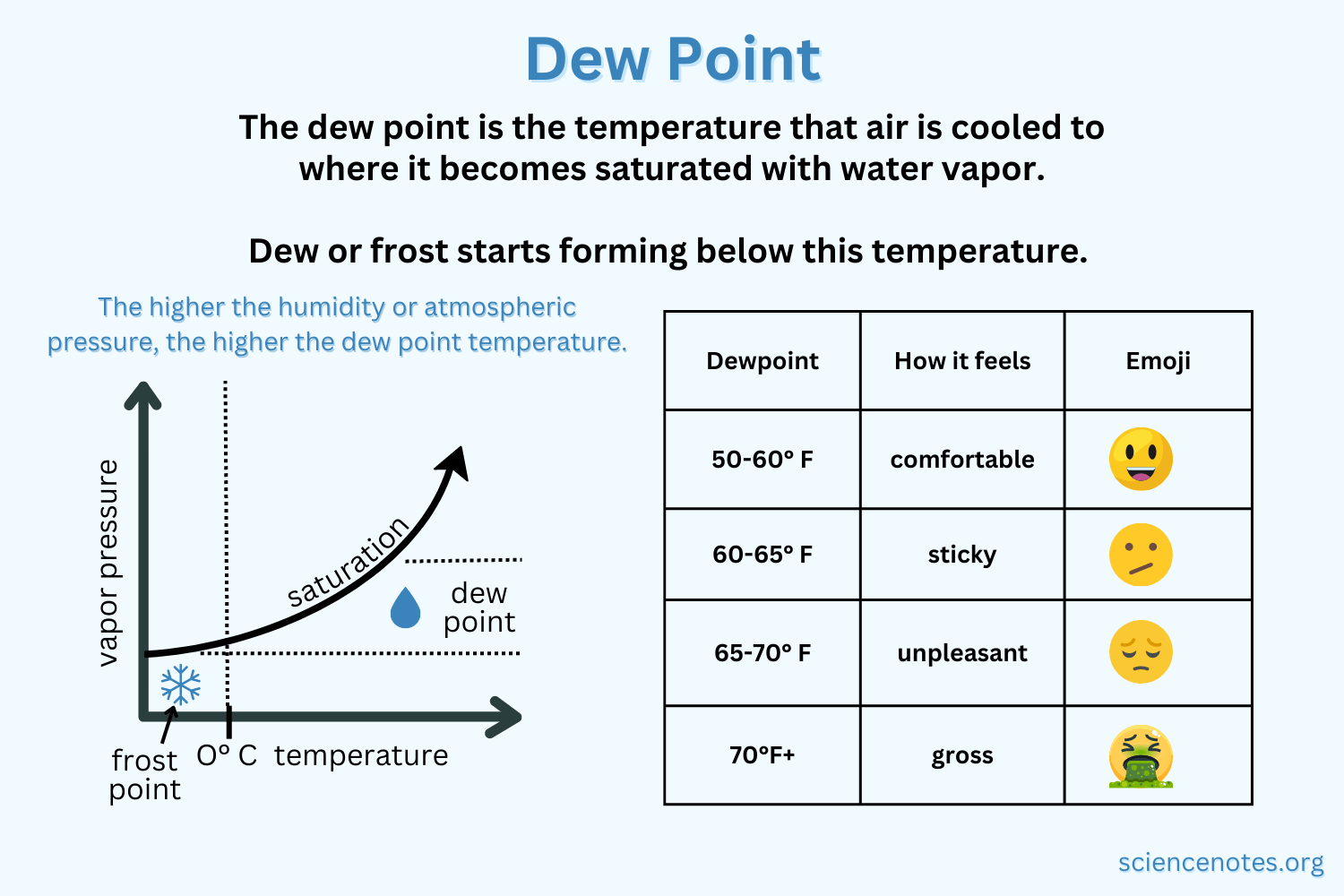ched999uk
Well-known member
- Messages
- 5,097
- Location
- Lancashire
I have a Peugeot Partner 2019 and racking on the right side blocks most of the rear interior light.
I finally got round to fitting some LED strip light today and it works quite well and is cheap.
I use a 5m roll of SMD3528 12v that I have had for a long time for another project that was sitting in a drawer so I used that.
You can buy 5M SMD3528 12V self adhesive led strip at about £8 on amazon, tick the 50% off to get it at £8 and I would chose daylight colour.
Basically I prised the rear interior light out, normally from bottom edge but my racking was in the way. Then You can either tap into the correct wires of the plug (use a multimeter to work out which and the correct polarity) or what I did was to solder a dc socket onto 2 spare pins on the interior light. The wire next to the red dot is 12v on mine .
Then I just peeled the backing on the led strip and stuck it onto the roof.
Once you get the connection done it's very easy.
I am pleased with the job as it gives enough light in the back without being too bright.


I finally got round to fitting some LED strip light today and it works quite well and is cheap.
I use a 5m roll of SMD3528 12v that I have had for a long time for another project that was sitting in a drawer so I used that.
You can buy 5M SMD3528 12V self adhesive led strip at about £8 on amazon, tick the 50% off to get it at £8 and I would chose daylight colour.
Basically I prised the rear interior light out, normally from bottom edge but my racking was in the way. Then You can either tap into the correct wires of the plug (use a multimeter to work out which and the correct polarity) or what I did was to solder a dc socket onto 2 spare pins on the interior light. The wire next to the red dot is 12v on mine .

Then I just peeled the backing on the led strip and stuck it onto the roof.
Once you get the connection done it's very easy.
I am pleased with the job as it gives enough light in the back without being too bright.










